Grytviken
Tuesday, 9th July 2013 by Kyle Kusch
Way back in the early days of Google Sightseeing during our first-ever Island Week, we visited the remote south Atlantic territory of South Georgia and South Sandwich Islands. In the seven years since that article, a lot has changed with regards to Google's imagery there. Even in the frigid grasp of the ocean, nothing escapes Google Street View these days. Join us as we explore Grytviken, the world's southernmost territorial capital.
Grytviken is located on the northeast coast of South Georgia and was established in 1904 by Norwegian whaler Carl Anton Larsen as a whaling station, a role it served for six decades. As is all too often the case, the whalers were too good at their job. Over 175,000 whales were processed at Grytviken, and by the 1960s, 90 percent of the whale stocks surrounding South Georgia had been wiped out, and Grytviken was closed in December of 1966. The longstanding international moratorium on whaling enacted in 1986 ensured that whalers would not return to Grytviken anytime soon, and in 2012 all of South Georgia and the South Sandwich Islands became part of the world's largest protected marine area, measuring 1.07 million square km (413,000 square miles) in size.
Technically, British administrative headquarters lie not in Grytviken proper but across King Edward Cove to the east at King Edward Point. Britain's most southerly post office is here, and it's also where visitors go through customs. Between the two sides of the cove, around 30 people live here depending upon the time of year.
With no airport anywhere in South Georgia, all visitors arrive by ship from the Falkland Islands to the west. South Georgia is a popular stop for ships traveling to the Antarctic Peninsula. Here, a large cruise ship is anchored in King Edward Cove.
The first thing visitors likely see upon disembarking at Grytviken are the giant, rusting remains of the whale oil foundry and its fuel storage tanks, which occupy most of the townsite. The rust has given the barracks and machine shop surprisingly colourful hues.
Translated from Swedish, Grytviken means 'Pot Cove', and that's not because old whalers were rolling and toking to pass the time. The port was named after old pots that had been left behind by earlier sealers. The pots the whalers brought with them, however, were much bigger: giant cauldrons can be found all along the beach in which whale oil used to be rendered.
At the edge of Grytviken is the Whaler's Church, which will celebrate its centenary this Christmas. The church came prefabricated from Norway and was constructed here in December 1913.
Even though there hasn't been a pastor here since 1931, the church is still used for occasional services and even sees the odd tourist wedding. Here, the church is all decked out for Christmas. We can also see it being invaded by tourists during the southern summer tourist season.
Many shipwrecks and abandoned vessels have integrated themselves into the South Georgia landscape. Grytviken harbour has a number of them, including the Petrel, built in Oslo in 1928. Notice the elephant seals hanging out on the grass in front of the boat.
Grytviken was far from the only station abandoned on South Georgia. Extensive ruins can be found elsewhere on the island, including the old stations of Leith, Stromness, and Husvik.
For more information on South Georgia and South Sandwich Islands, visit the territory's official website.
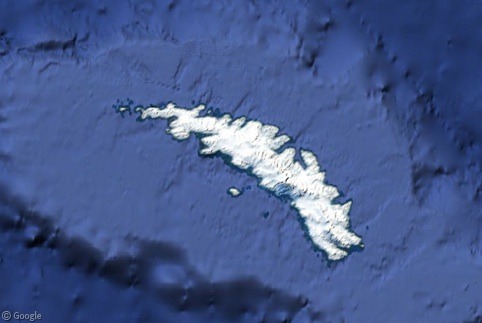
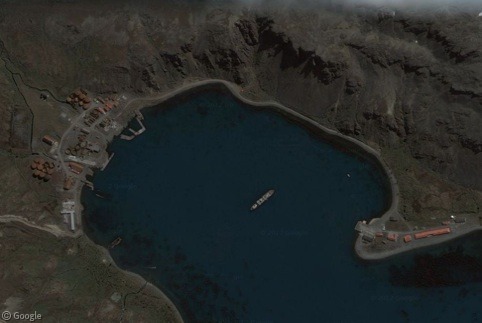
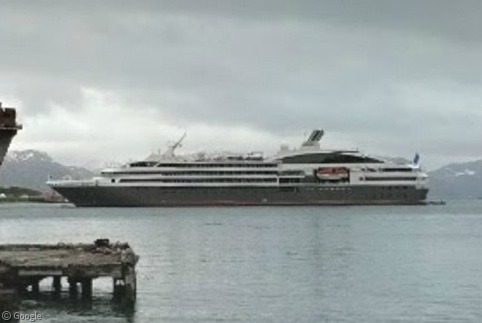
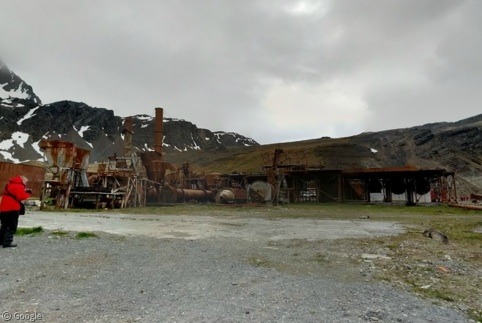
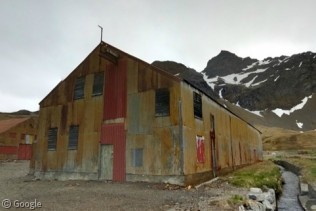
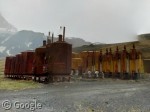
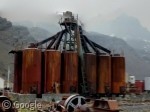
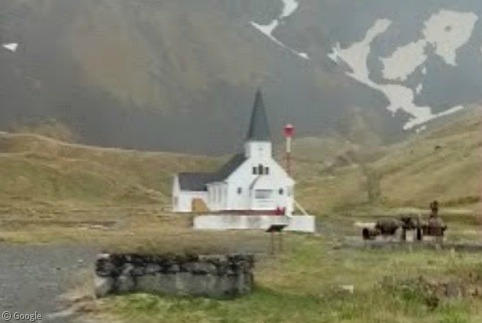
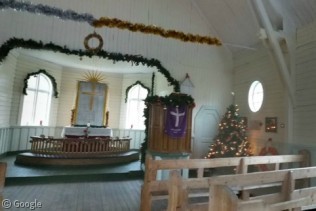
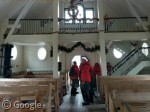
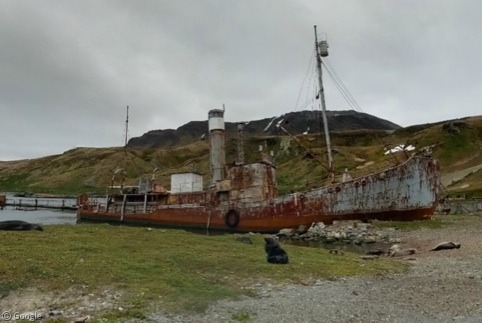
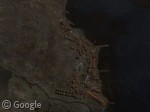
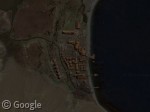
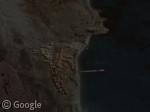
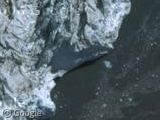
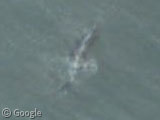
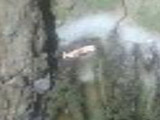
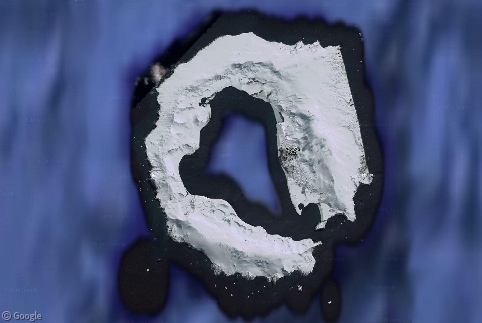
How can you cover Grytviken without mentioning Ernest Shackleton? After all the great Antarctic explorer’s grave overlooks the harbour.
Oh, and the cruise ship is the ‘Le Boreal’
I wanted to work him in (obviously he’s a huge part of the Grytviken story), but the imagery wasn’t there to do so. Same with the museum. The Shackleton story is so epic it probably deserves its own post (his hut at Cape Royds is on Street View, after all)! Also, big thanks for IDing that cruise ship, Tammo!
A minor point of contention – Britain’s most southerly post office must be at Port Lockroy on Antarctica:
http://en.wikipedia.org/wiki/Port_Lockroy